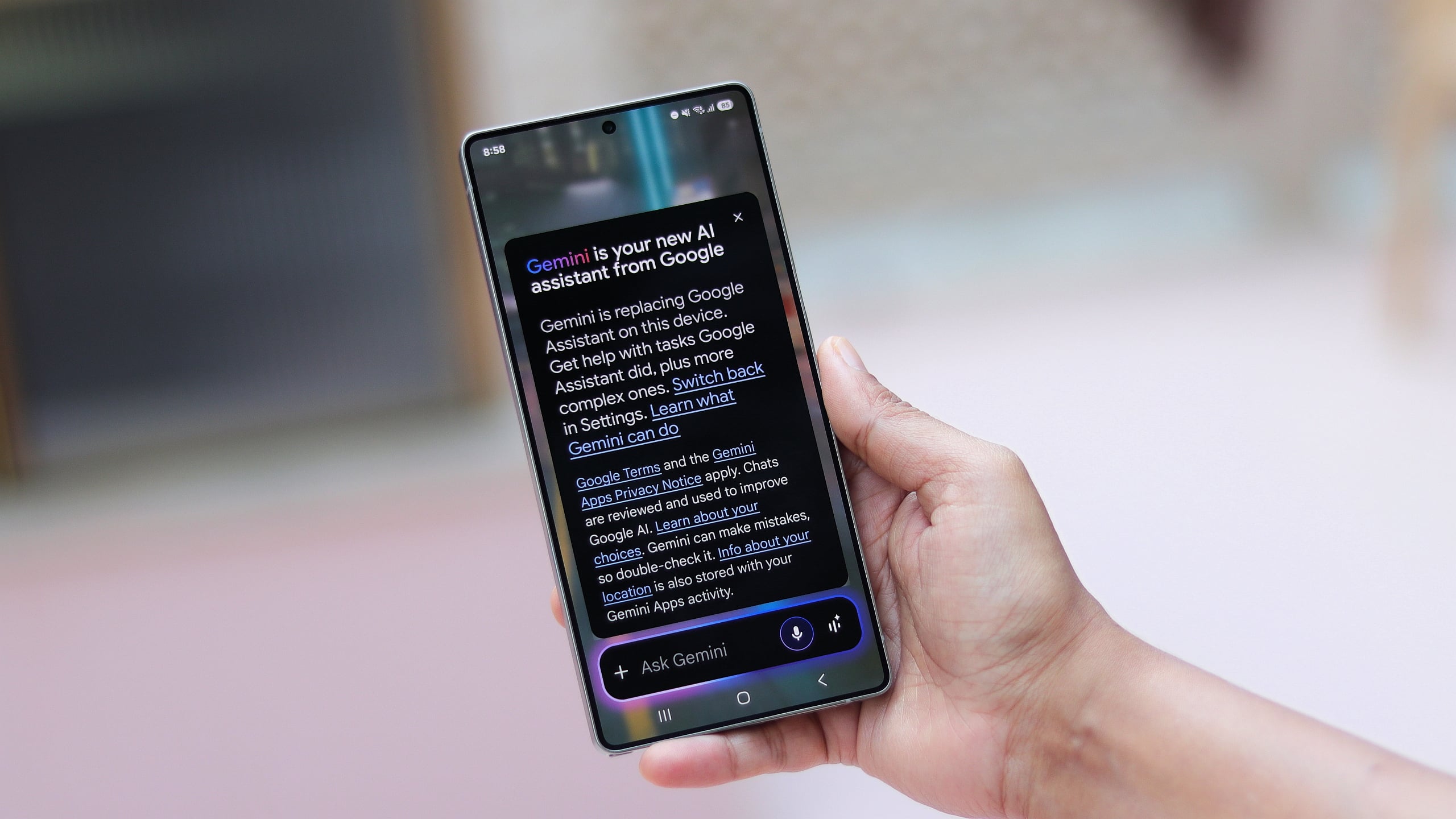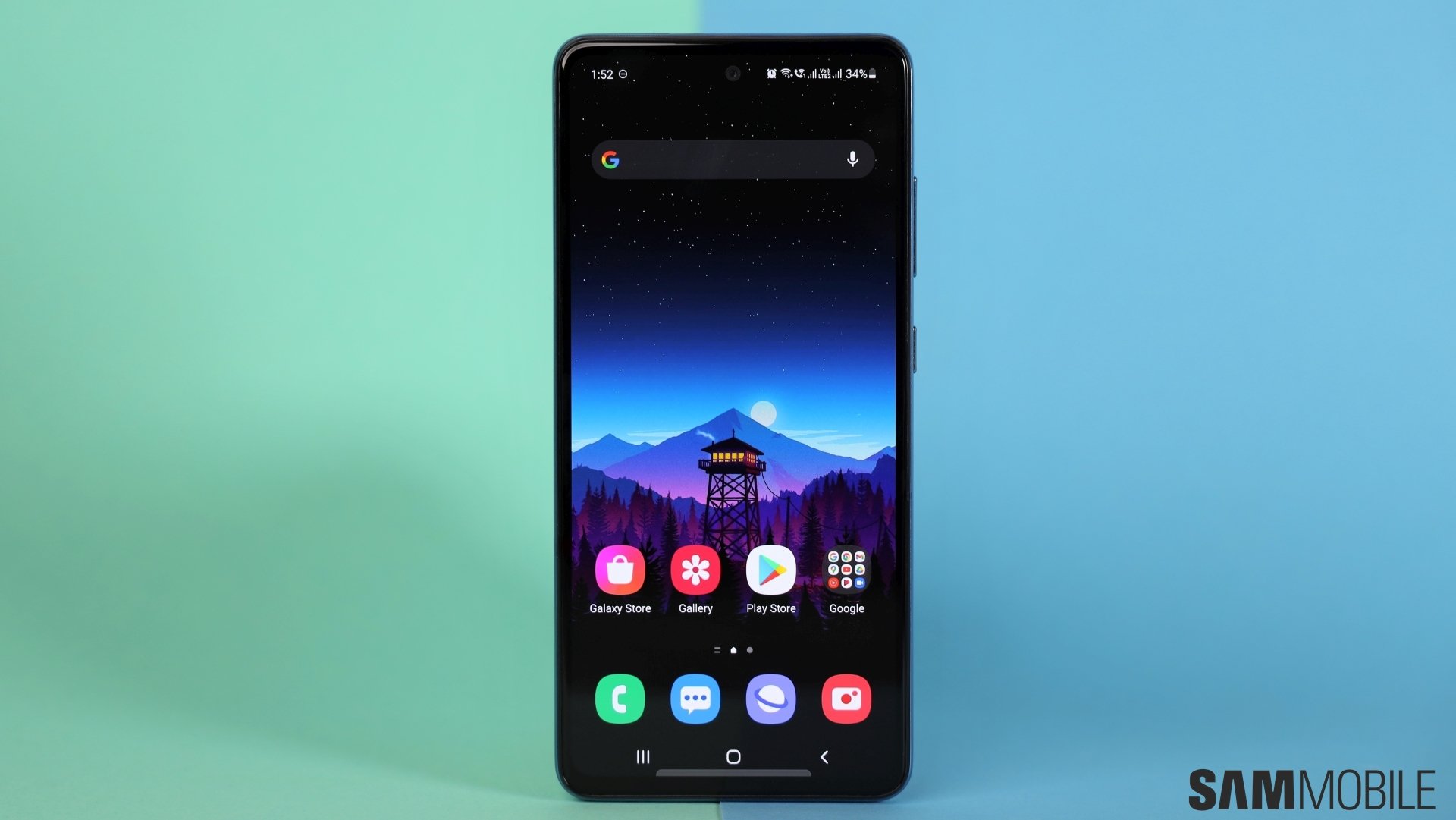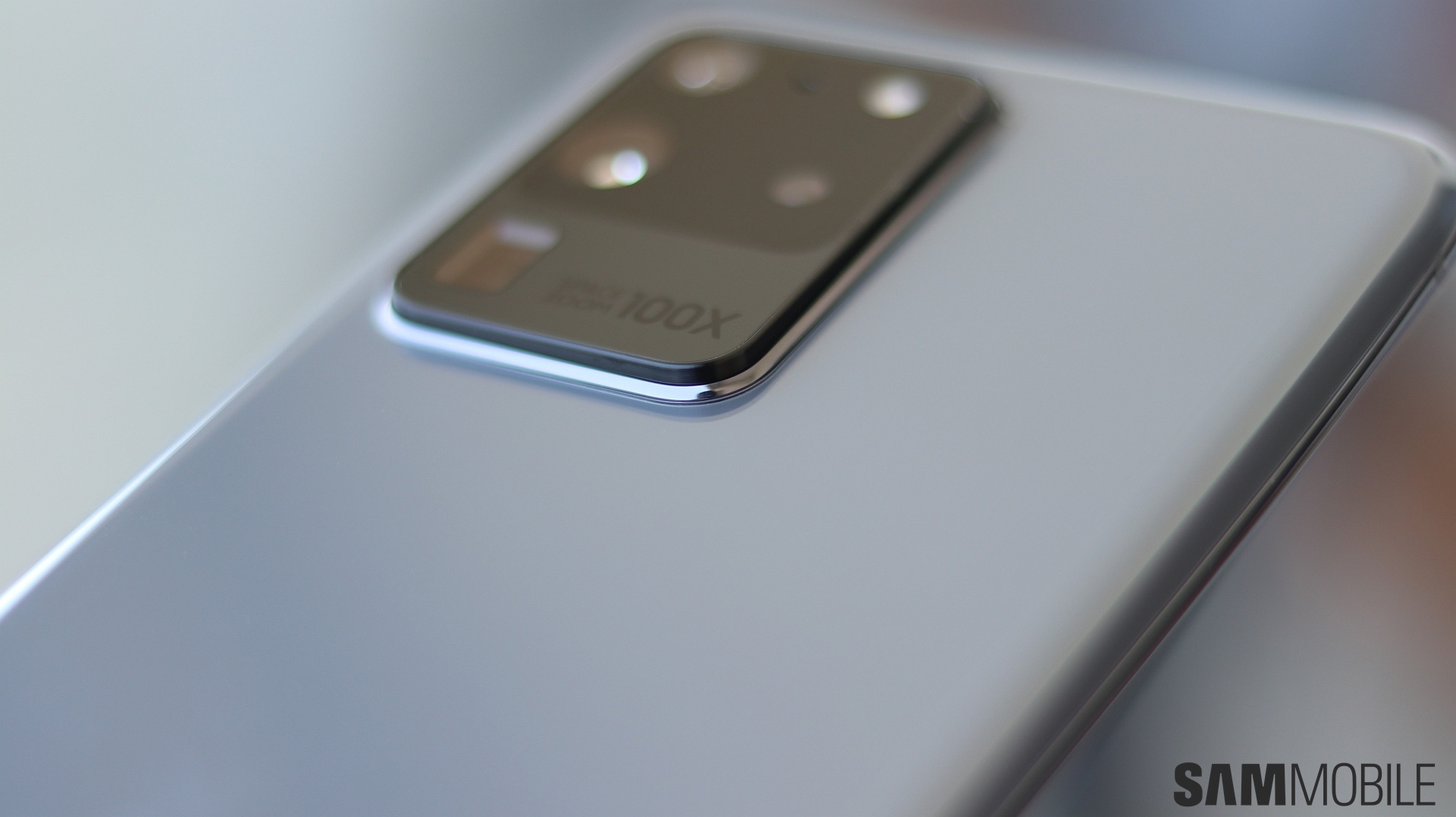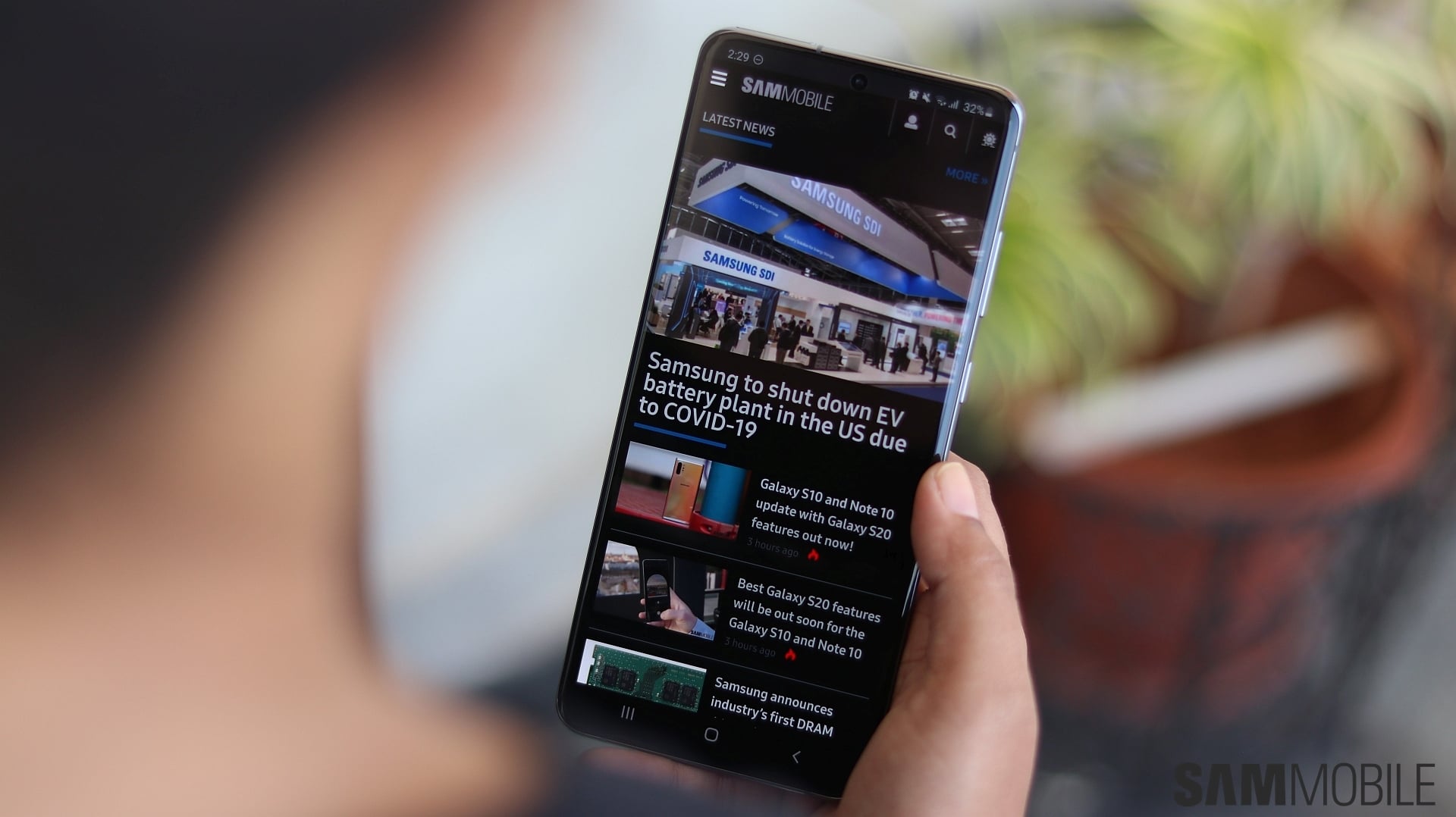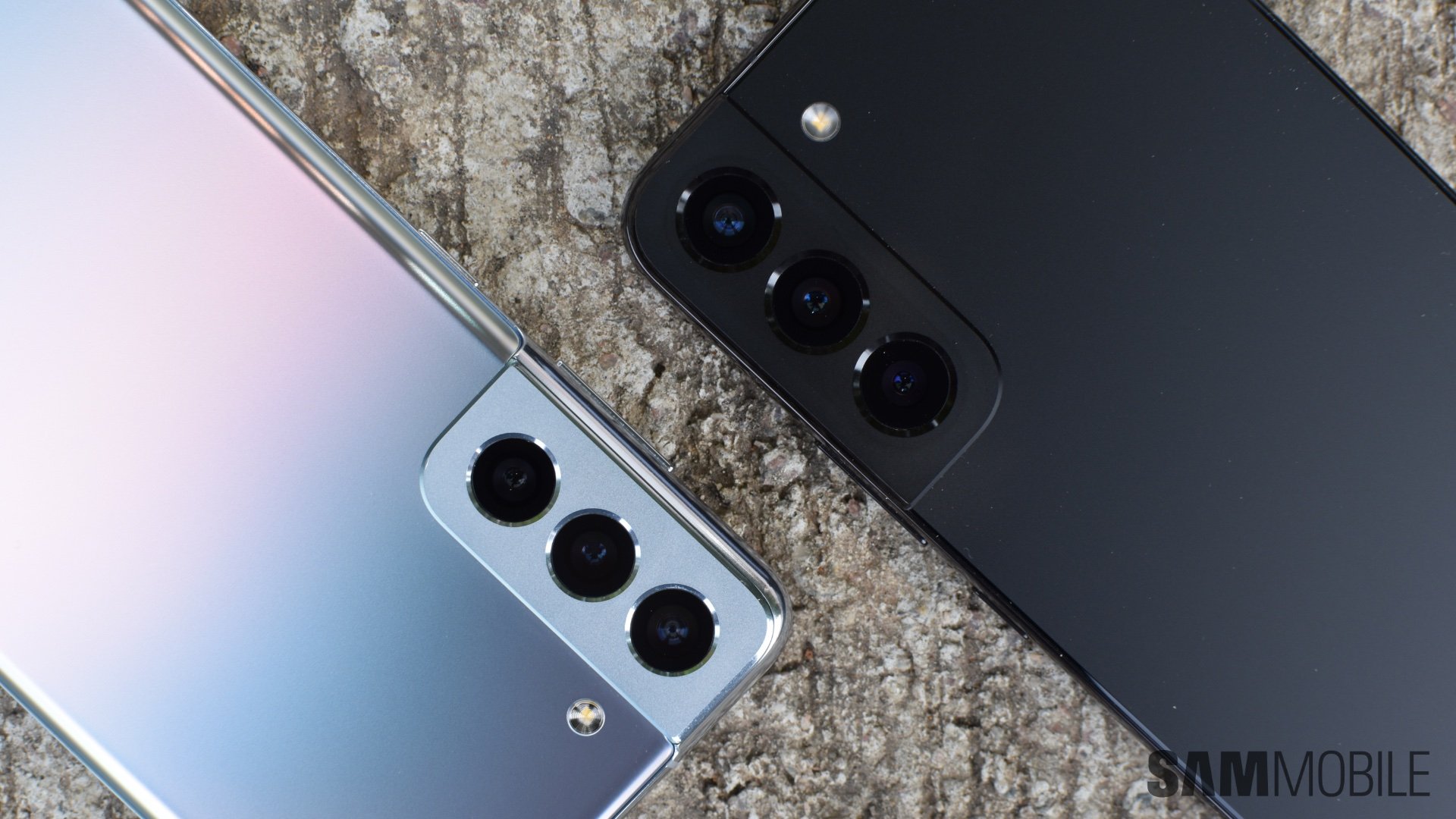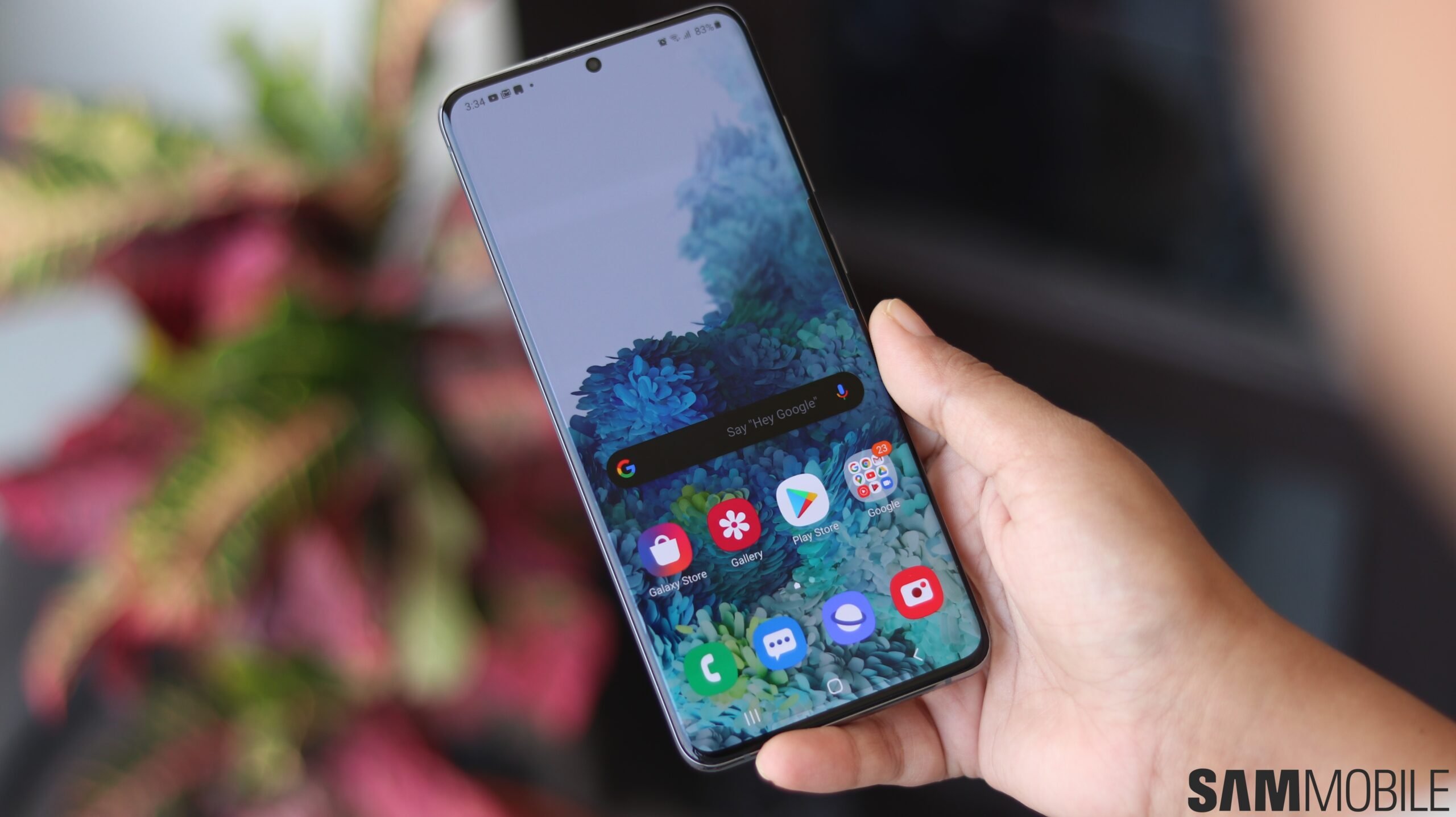
The Galaxy S20 series is now available for purchase, and if it's not clear enough from pictures and videos found online then let us answer that question once and for all; Samsung's new flagship no longer has a curved display. Instead, it adopts a 2.5D panel.
The background story of the curved display
The Galaxy S6 edge was the first smartphone to have a display that wrapped around the side edges of the phone. Well, technically, the Galaxy Note Edge did that a year before, but it was manufactured in limited quantities and the screen only wrapped around the right edge. Even Samsung doesn't outright acknowledge the Note Edge as having a curved display.
Whichever Galaxy model you consider to be the first in this category, the fact remains that Samsung has been pushing the curved display design for roughly half a decade. Initially, it did contribute to thinner bezels and a more elegant design, but with the passage of time and new advancements in display technologies, these benefits seemed less obvious. Samsung has now decided to abandon the curved display design philosophy, at least as far as the Galaxy S20 series is concerned.
What are the main differences between a curved (Edge) panel and 2.5D?
In practice, no functionalities were lost by this transition to 2.5D glass. The curved edges were initially viewed as a perfect match for the Edge panel app, but in reality, the so-called Edge tab can very well exist on any type of screen. More so, there is an argument to be made that the swipe gesture required to summon the Edge panel feels more natural on a flatter panel.
2.5D glass has a curve of its own, but it's much more discrete and it doesn't have that many active pixels around it. 2.5D glass contributes to the illusion of thinner bezels without sacrificing the quality of the screen or the user experience.
Some customers might still prefer the curved display design, subjectively speaking, and that's fair. But there is no doubt that there are objective benefits to switching to a 2.5D panel.
The Galaxy Note series would greatly benefit from this change in design
Although there's no telling what Samsung will decide next for the Galaxy Note 20's display, the company's S Pen-enabled flagship could benefit the most from the adoption of a 2.5D panel. Using a stylus on a non-flat surface never felt right. The curved screen of the Galaxy Note 8, Note 9, and Note 10 series essentially made part of the display barely usable with the S Pen. This issue would no longer exist with a 2.5D panel.
It's logical to expect that, after the Galaxy S20, the Galaxy Note 20 series will be the next flagship to abandon the curved display, but time will tell whether or not this will come to pass. Until then, what are your thoughts on Samsung's decision to abandon the curved display for its latest flagship? Is this a selling point for you, a disadvantage, or are you neutral? Leave a comment below.




